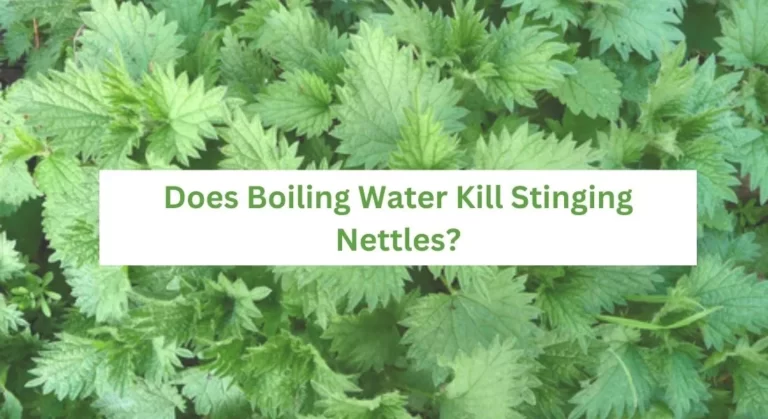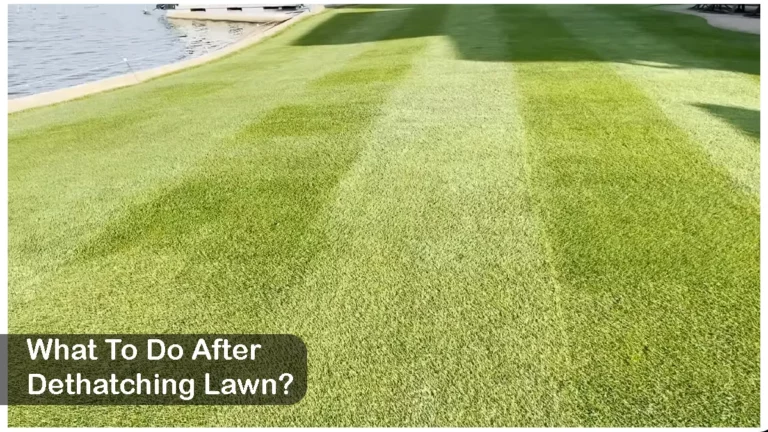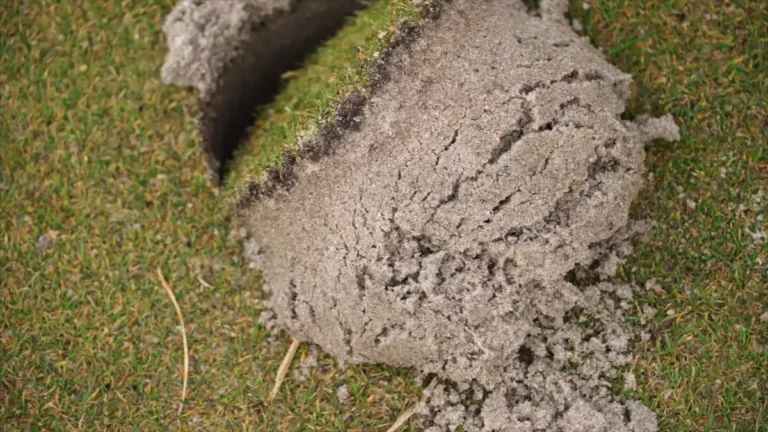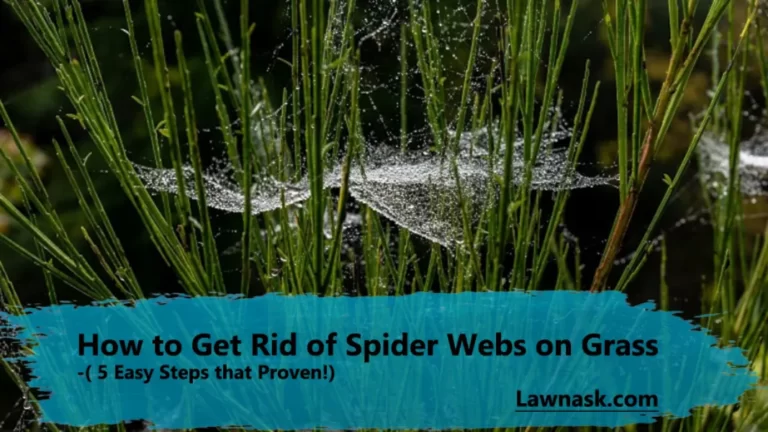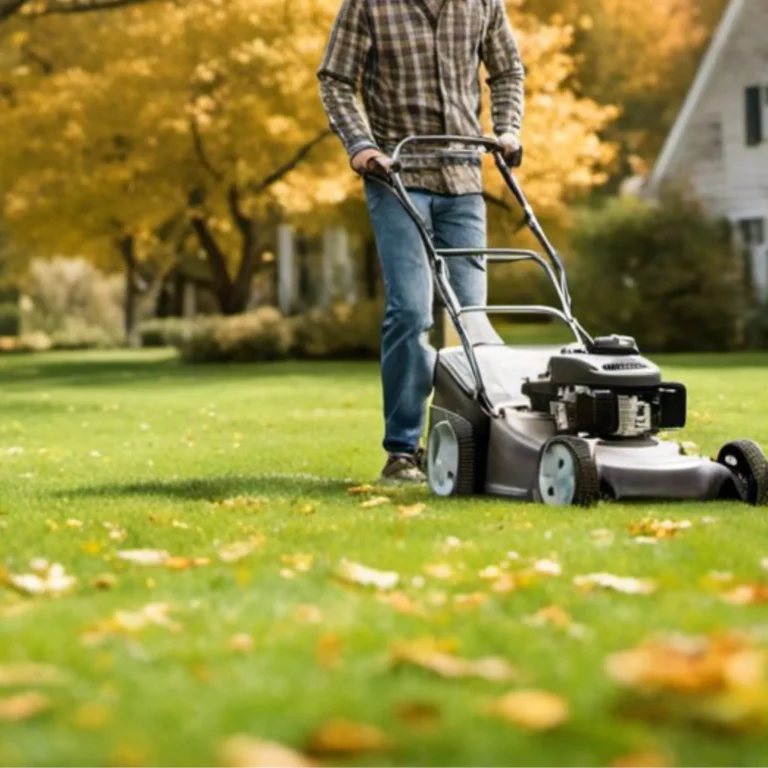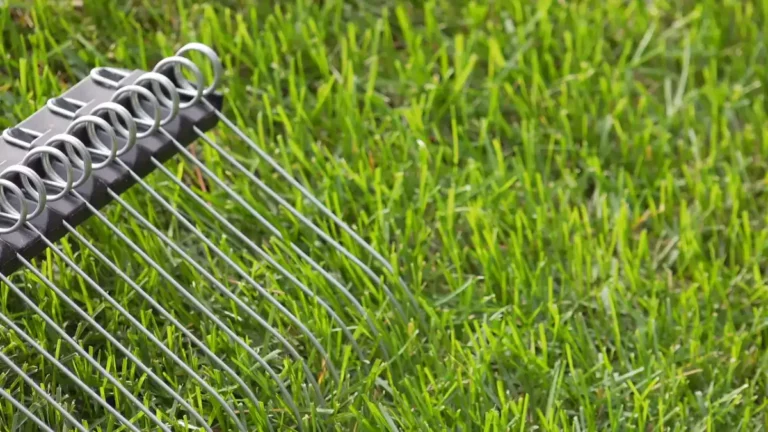Pros and Cons of Dethatching Lawn: Guide for Effective Lawn Keeping
A green and vibrant lawn is the dream for every homeowner. Regular mowing and watering is never enough to keep a lawn in pristine condition.
This is where dethatching your lawn comes into play. A thin layer of thatch preserves the soil moisture but if it builds up it will affect the health of your lawn grass heavily.
If you want to know more about the pros and cons of dethatching lawn, read this article full.
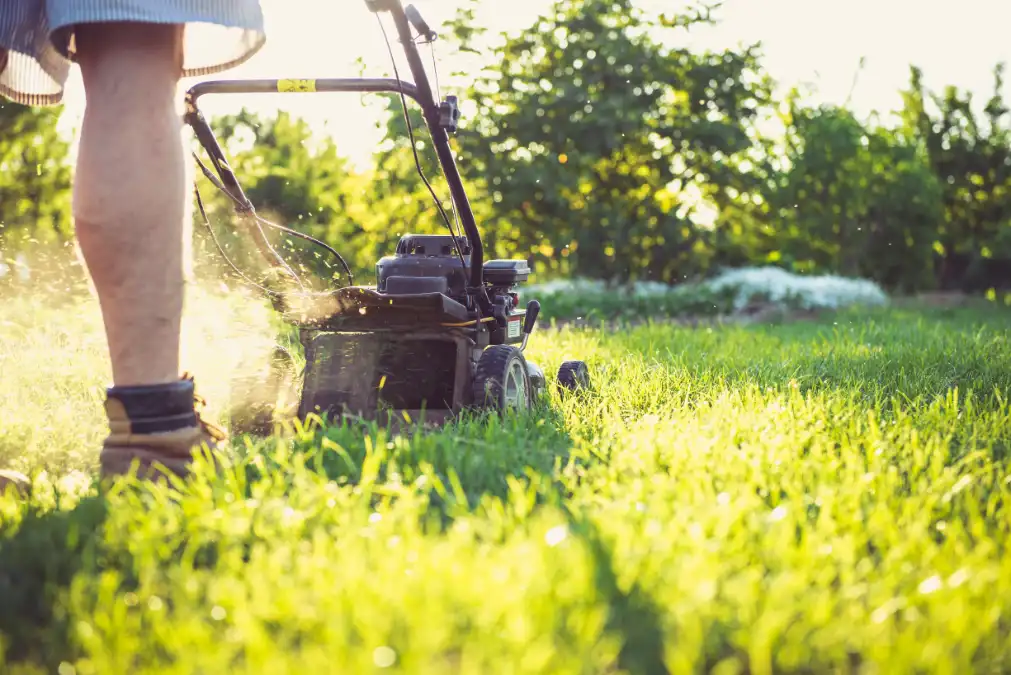
Pros and Cons of Dethatching Lawn
Before you start digging thatch, it’s important to understand how it affects your lawn. Dethatching has a few upsides and downsides to it.
Here’s an overview of the pros and cons of dethatching lawn:
| Pros | Cons |
Proper Absorption of Nutrients Gets Rid of Pests and Diseases Better Water Retention Improves Lawn Health and Resilience Proper Seed Growth | Potential for Damage Exposure to The Environment Increased Weed Growth |
Let’s take a closer and detailed look at the pros and cons of dethatching lawn:
Pros of Dethatching Lawn
There are several advantages to dethatching your lawn if you can do it the right way. Here are some major pros of dethatching lawn:
1. Proper Absorption of Nutrients
There will always be a buildup of a layer of thatch on your lawn. This layer acts as a barrier that prevents essential nutrients from entering the soil.
After dethatching, the compaction clears to let nutrients like fertilizers into the soil for the grass roots to absorb.
As a result, the grass will grow faster and greener.
2. Gets Rid of Pests and Diseases
Accumulation of heavy layers of dead grass and crowns creates the ideal habitat for pests. It also increases the risks of diseases.
Chinch bugs and sod worms take shelter inside the thatch because it is the best food source for the insects.
Dethatching breaks apart this environment where these pests have shelter. The lawn gets better airflow due to dethatching, which reduces the chances of fungal growth.
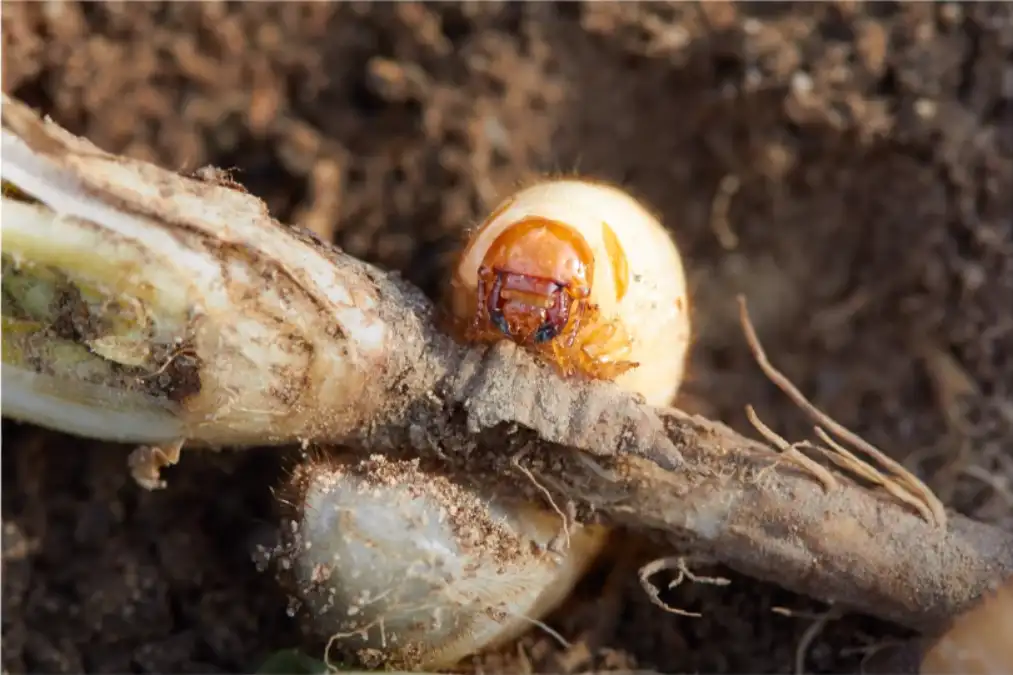
3. Better Water Retention
Some amount of thatch is needed to circulate proper amounts of air and water and maintain the right soil atmosphere.
Excessive thatch keeps water from entering and your lawn will always be soaking wet. This water does not drain properly and the roots start to rot.
Dethatching helps the water distribute properly to all the parts of the lawn.
4. Improves Lawn Health and Resilience
Dethatching can improve the overall health of your lawn. It also decreases the chances of your lawn drying out.
If you dethatch your lawn properly it will be able to handle extreme weather conditions better. It will also bounce back from periods of drought or heat more easily.
Dethatching creates a healthy root system and the grass becomes less prone to damage.
5. Proper Seed Growth
Seeds often get stuck inside the layers of thatch unable to reach the soil. Without enough nutrients, the seeds don’t grow very well.
The thatch layer doesn’t have the nutrients to support the growth and most of the seeds will never grow.
You should always dethatch your lawn before overseeding. Dethatching helps the seeds reach the soil and improve germination.
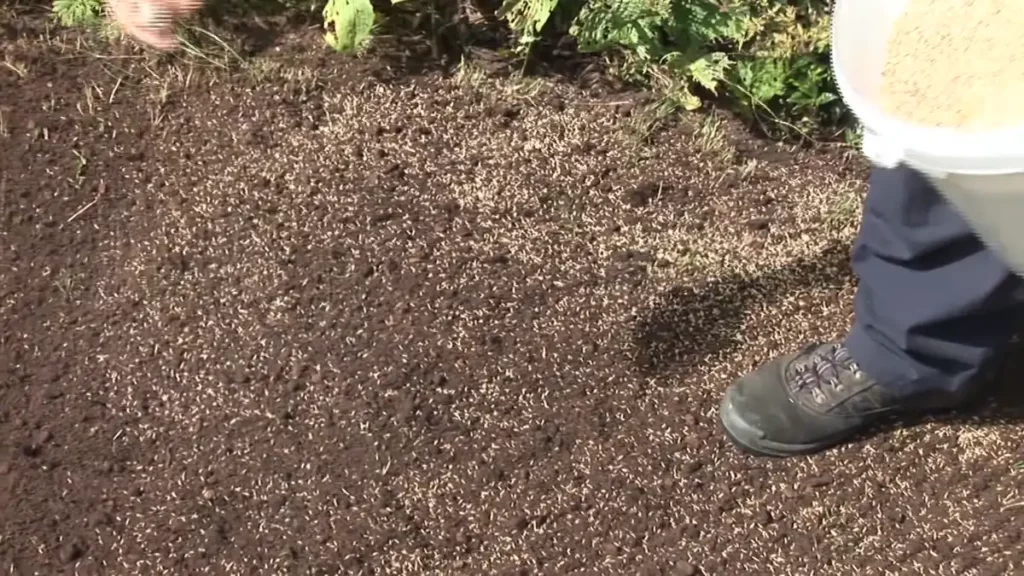
Cons of Dethatching Lawn
Lawn dethatching doesn’t only come with pros. There are some drawbacks as well. Here are the cons of dethatching lawn:
1. Potential for Damage
Excessive or aggressive dethatching can stress the grass and even damage it. It can create bare spots and reduce grass density.
Inadequate dethatching equipment runs the risk of cutting too deep and removing healthy grass.
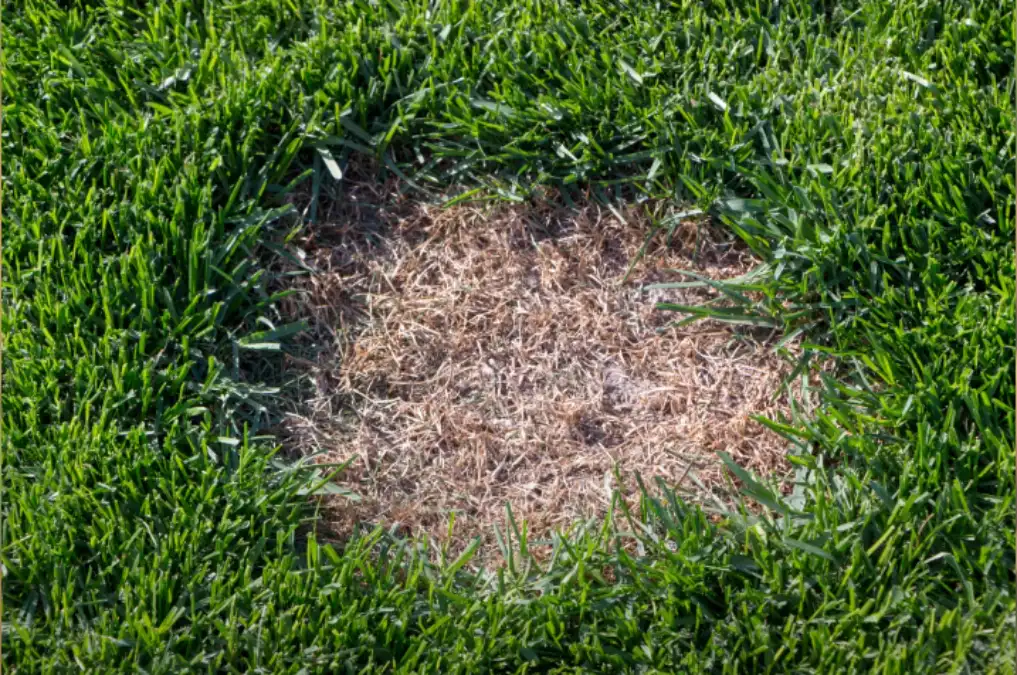
2. Exposure to The Environment
There is consensus that up to 1 inch of thatch is essential to keep the grass and soil out of the claws of environmental stressors. A lot of the time dethatching exposes the grass roots.
A thin layer of thatch works like an insulator. Without it, the soil is more prone to temperature changes.
3. Increased Weed Growth
As you remove the layers of thatch the soil is ready to grow grass. However, this also means that weed seeds also have more nutrients to fight for.
Dormant weed seeds now have better soil contact to steal the nutrients as dethatching weakens the grass integrity for a short while.
Is Dethatching Your Lawn Necessary?
With proper care before and after dethatching you can easily minimize the associated risks. Dethatching is beneficial for a healthy lawn.
In most cases, if the thatch exceeds half an inch it is a good idea to dethatch it. Some lawns will be good with up to a thatch layer of one inch without needing any dethatching at all.
Accumulation of dead grass makes the lawn look patchy. Dethatching can help remove unwanted thatch. However, some dead parts need to be kept as is for them to decompose and be absorbed by the soil.
If you weigh the pros and cons, the tradeoff is heavily in favor of dethatching your lawn. Dethatch your lawn in late spring or just before fall hits.
Related Post: How Often Should You Dethatch Your Lawn: Dethatching Explained!
Dethatching Methods: How Do You Properly Dethatch Your Lawn?
There are 2 ways to dethatch your lawn. A manual tool for precise control and a vertical mower machine for ease. Let’s see how to dethatch your lawn with these tools.
Thatch Rake
The thatch rake is a trusty tool that has helped homeowners dethatch their lawns and get rid of dead grass for ages. It has curved blades or tines that cut through the thatch.
Here’s how to dethatch your lawn with a hand rake:
- Push the rake inside the grass. Don’t add too much pressure so it doesn’t hit the soil.
- Pull it back and you will see the thatch coming out.
- Repeat the steps in parallel rows until you clear the whole lawn.
- Use a leaf rake to collect loosened thatch.
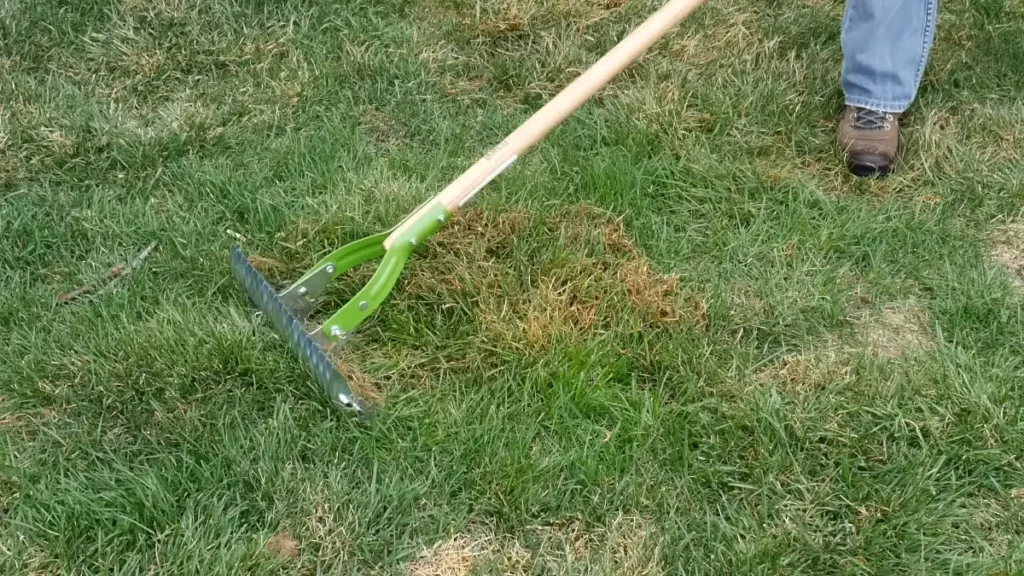
Vertical Mowers
These are also called power rakes. They have rotating blades that cut into the thatch layer and lift it to the surface. Using a power rake to dethatch will be much faster than a manual tool.
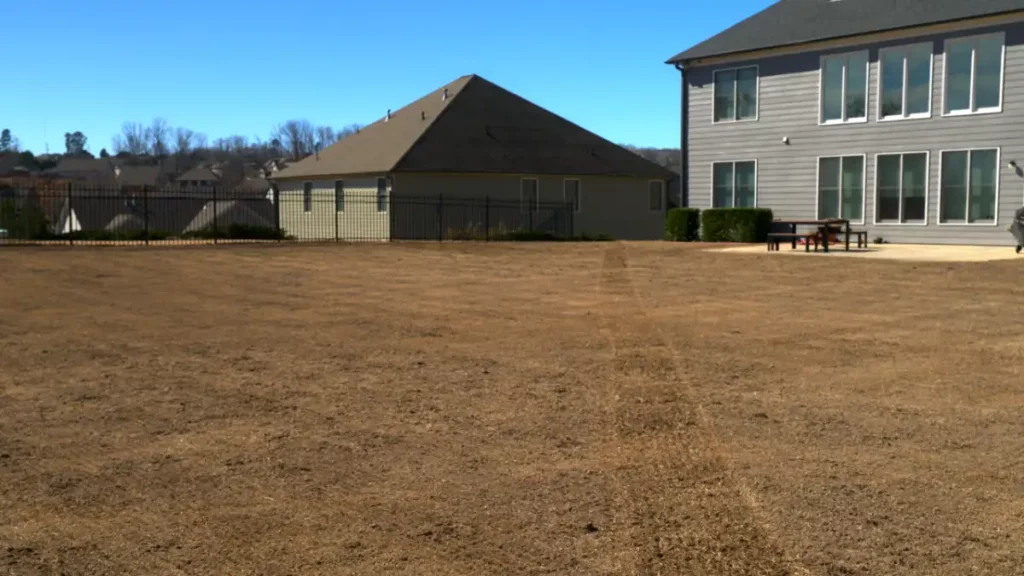
Here’s how:
- Mow the lawn before using the power rake and spray some water all over it.
- Start the machine and slowly move it over the lawn in a grid pattern.
- Adjust the blade settings. If you encounter bunch-grass then set it to a higher depth.
- Make a second pass to ensure nothing is left behind.
- Bag up the debris.
Related Post: What to Do After Dethatching Lawn? Complete Guide
Frequently Asked Questions (FAQs)
Does the grass grow back after dethatching?
Yes. It will take no more than a month for new grass to grow.
Aeration or Dethatching which is better?
To keep a lawn healthy, it will need both aeration and dethatching. But aerating is better because it doesn’t stress the lawn as much.
Does dethatching remove fertilizer?
Yes, it does. You should never dethatch your lawn after fertilization.

